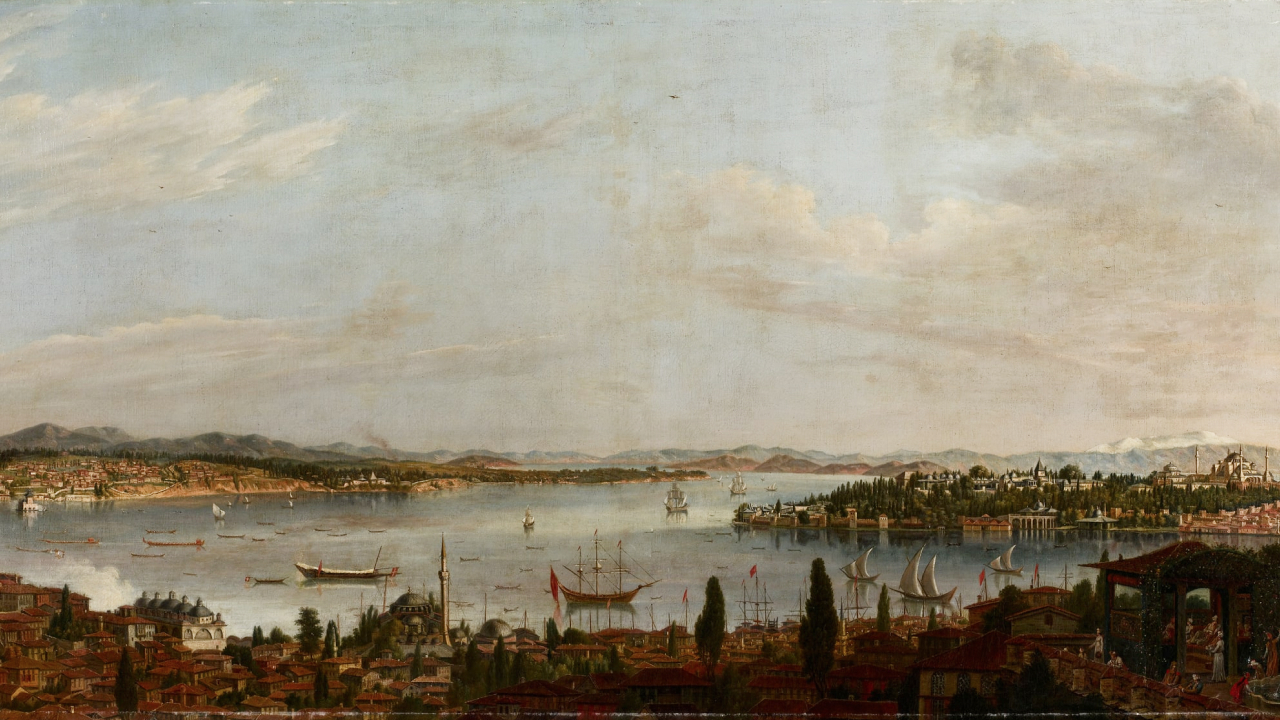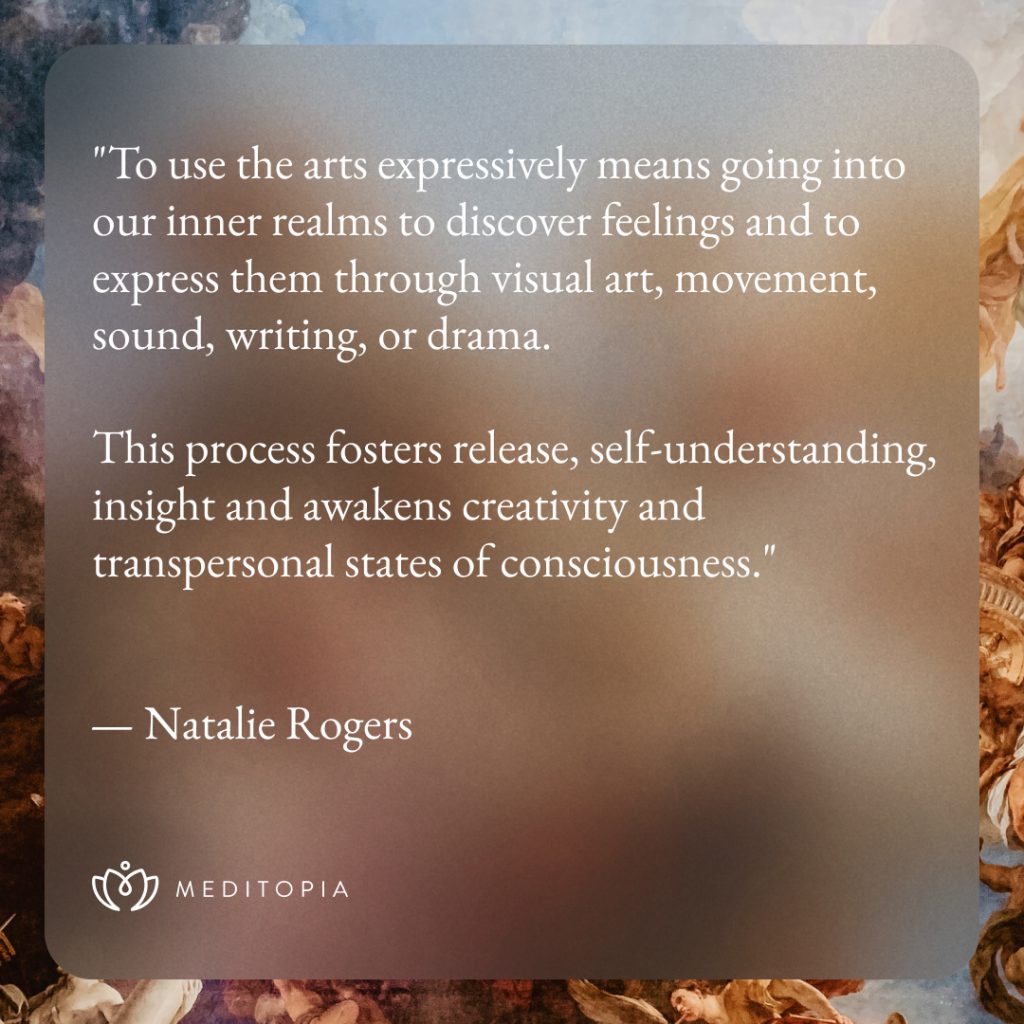Expressing Emotions Through Art

Content

This Natalie Rogers quote, founder of Person-Centered Expressive Art Therapy, tells a lot about the healing power of art, and the general benefits of expressing our emotions through it.
Food for thought: Aren’t the moments when we swing back and forth between intense emotions the times when our inner artist is ready to manifest itself?
In fact, it’s very normal that these intense emotions want to be revealed. Every emotion is a visitor, so they don’t want to stay with you forever. They just want to pass by shortly and leave when the time comes. However, sometimes without reason, we tightly hold the role of “being hospitable” and keep hosting these emotions through thoughts and unconscious beliefs.
At times, these emotions are so challenging that we fight against them. Trying to avoid “letting them in.” Then, when they somehow manage to “get inside,” we practically let them go into the farthest corner of the house. Although all this human effort provides us with a sense of safety and comfort in the short run, after a while, we realize how much this effort wears us out, and we get stuck with similar patterns.
At this point, emotions make things easier because every one of them wants to be heard and manifested. That’s why art is one of the most creative and transformative ways of expressing ourselves.
When we start expressing emotions through art, apart from the emotions we’re willing to say goodbye to, the ones we’re unaware of start to be revealed slowly. This happens because those hidden emotions begin to lose their impact on us once we see, experience, and understand them. That’s how your inner realm starts to feel more spacious.

Express Yourself Through Art, But Which Type?
Have you ever heard of the “drip technique” of Jackson Pollock? One of the most influential names of the abstract expressionist movement. For Pollock, who developed a radical technique beyond his era, art is a form of self-expression. He made his pieces by laying the canvas on the ground and dripping paint. How did he decide where the colors would meet and intersect? What was his inner motivation? Was he just following his instincts?
Even though we can make a few assumptions about his creative process, it isn’t easy to understand. And we don’t really need to. When it comes to self-expression, what matters is to choose the way that feels most authentic, free, and comfortable, not the one which appeals to others.
To find your authentic way of expressing yourself through art, you can ask yourself the following questions:
- In the past, what were the moments when you were able to express yourself the best?
- What do you like doing?
- Are there any art activities that you tried but didn’t continue? Why did you give up?
- How do you want to express yourself? Through words, sounds, colors, shapes, or movements?
This process is expressionist, meaning it develops from the inside out. So, you can prioritize choosing a way to make you feel safe and suit your conditions and needs.
Once you find the form of art through which you can express yourself, all you have to do is to start; writing, painting, telling, drawing, or moving… This way, you can make space for everything inside you which wants to be heard, seen, or to left behind… Apart from that, if you want to experience art in a more professional environment with the guidance of an expert, you can get support from an art therapist.
The Meeting of Art and Mindfulness

An integral part of self-expression through art is mindfulness. We need to be aware of internal and external dynamics happening at that moment to make sense of our emotions and get them insight. When we bring our focus to the present moment, we become more aware of our feelings, thoughts, sounds, and objects around us. With these tips, we begin to know ourselves better and to see the pieces in a more meaningful unity.
Another gift of mindfulness is that it invites us to be curious. One of the most fundamental steps of mindfulness practice is to bring our attention to the present moment without judgment and with sincere curiosity. This approach helps us stay open to everything and every possibility that may manifest at this very moment. Making it easier to express our emotions.
Now that you know the art form you want to express yourself with and the benefits of being mindful. When and where do you want to start? Which emotions do you think yo can express through art?
As you think about this question, we would like to mention a nice collaboration.
Meditopia has good news for art lovers!
Meditopia and Pera Museum have recently collaborated to offer a unique digital experience. Bringing together the power of art and awareness, visitors are taken on a three-dimensional tour of the “Istanbul Panorama,” a painting by Antoine de Favray in the 18th century, while listening to meditation music.
It offers the opportunity to explore people’s feelings while engaging in the painting’s stunning details. Allowing them to breathe in the atmosphere of that beautiful city.
The doors of Pera Museum are open to everyone who wants to experience this form of art and awareness. And for those who want to experience it from home, it is also available here on digital platforms only in Turkish.
